Spring blossom: 'A reminder that we that we have escaped deathly winter and life with all its possibilities is born again'
As attractive to artists as it is to moths and butterflies, the ‘White Period’ of heavenly spring blossom is upon us and John Lewis-Stempel couldn’t be happier.
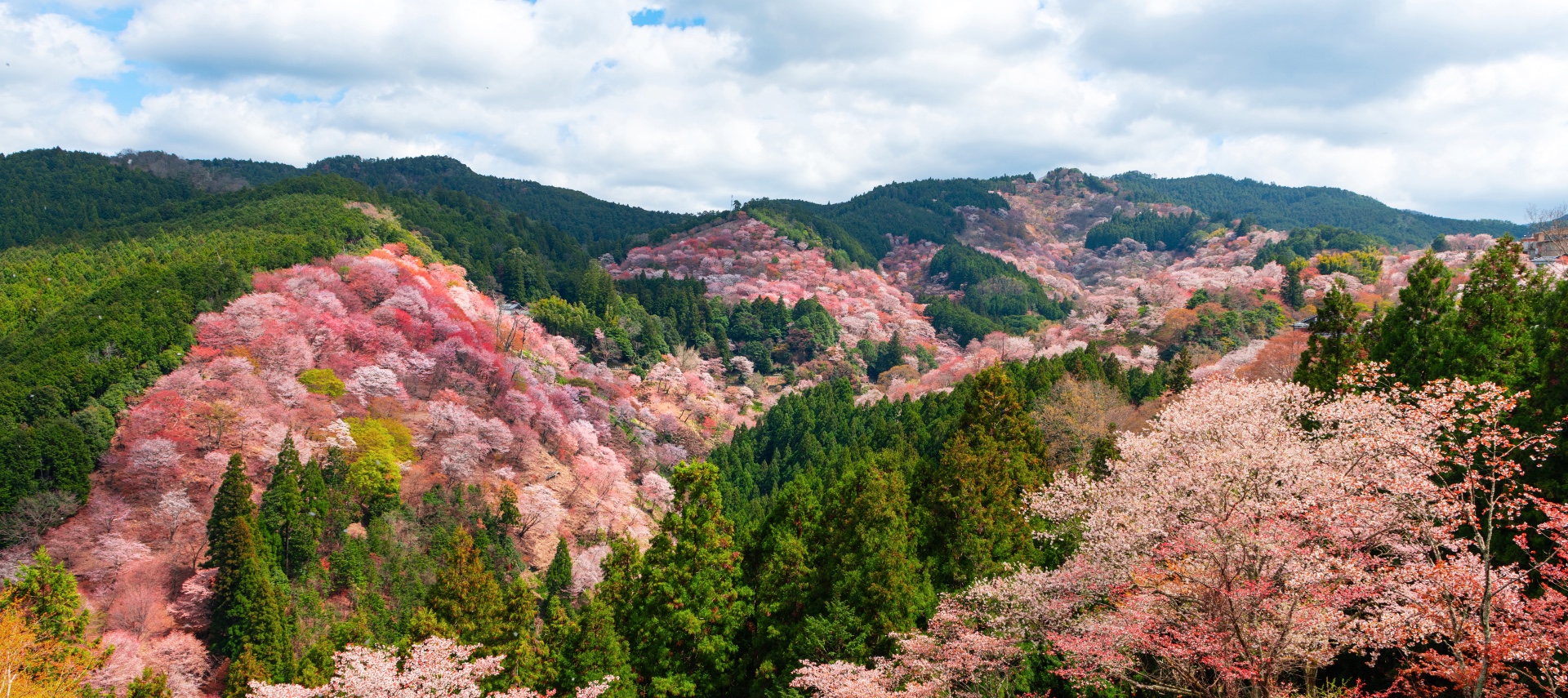

Loveliest of trees, the cherry now
Is hung with bloom along the bough,
And stands about the woodland ride
Wearing white for Eastertide…
From ‘Loveliest of Trees’ by A. E. Housman
In wood and orchard, along hedge and on mountain, the trees of spring are in blossom. Such a word, blossom. Plants, down on the ground, merely bloom, but trees blossom, the sibilance suggestive of spring’s fizzing energy after leaden dull winter.
Rowan. Wild cherry. Blackthorn. Crab apple. Hawthorn. Wild pear. Wild service tree. All of them brilliant white in their flowering, like wedding gowns and confirmation dresses for Eastertide.
Sign up for the Country Life Newsletter
Exquisite houses, the beauty of Nature, and how to get the most from your life, straight to your inbox.
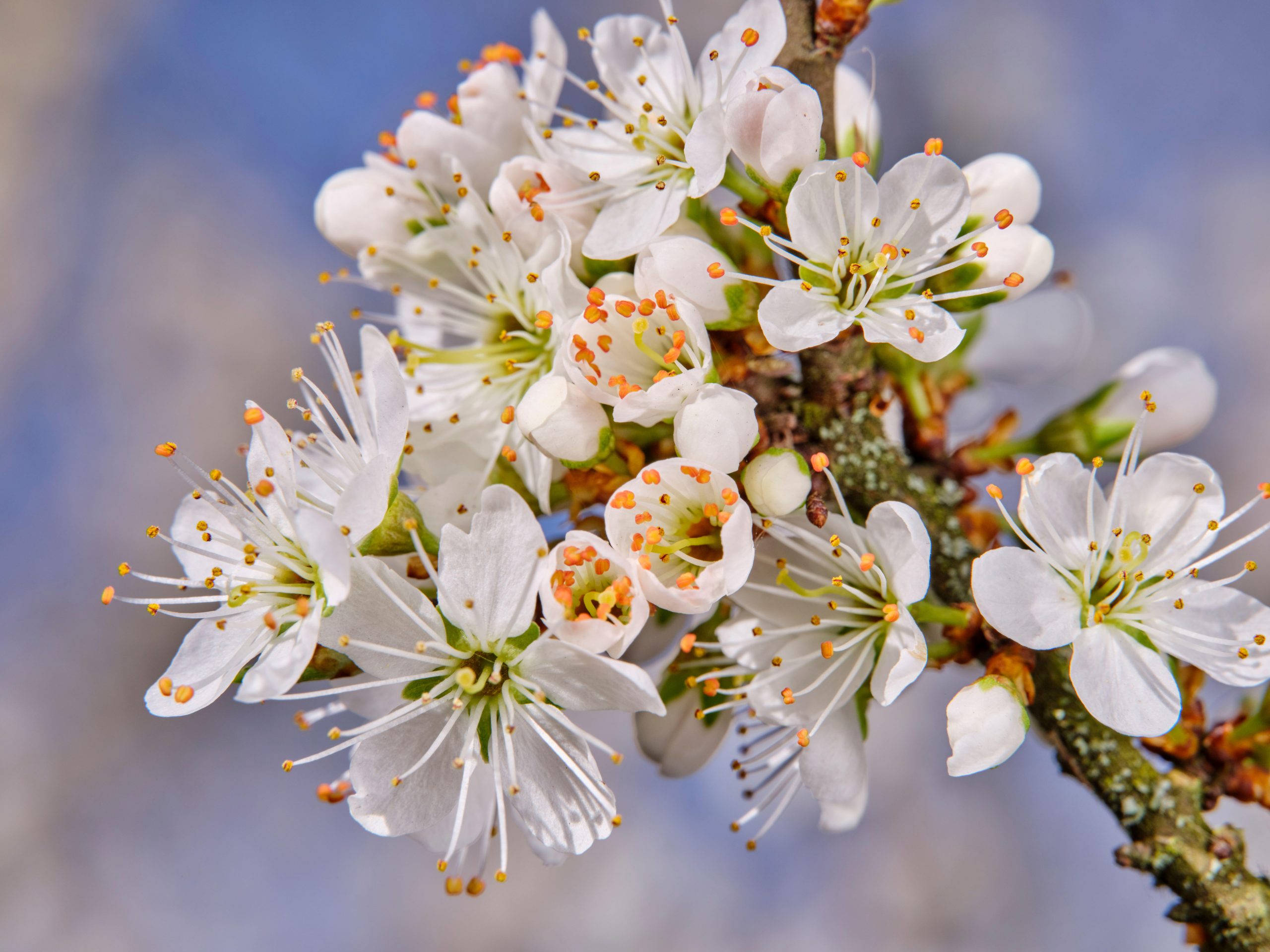
The lightened days of spring touch the trees’ blossom into white—or is it the other way around, the blossom lightening the spring days? Whichever. It is light on light. We are in the White Period, those glorious weeks beginning with the blackthorn blossom in early March and ending with hawthorn, Shakespeare’s ‘darling buds’, in May.
When Britain looks pretty in white, from the rowan clinging to the Highland slope to the crab apple lazing in a Herefordshire hedge. When walks along the evening lane are enchanted by fountains of phosphorescent hawthorn, when a morning window at school frames blackthorn crystals on bare branches against blue skies and when an afternoon traffic jam in London’s Highbury is bettered by eyeing a single flowering cherry tree in the front garden of No 48.
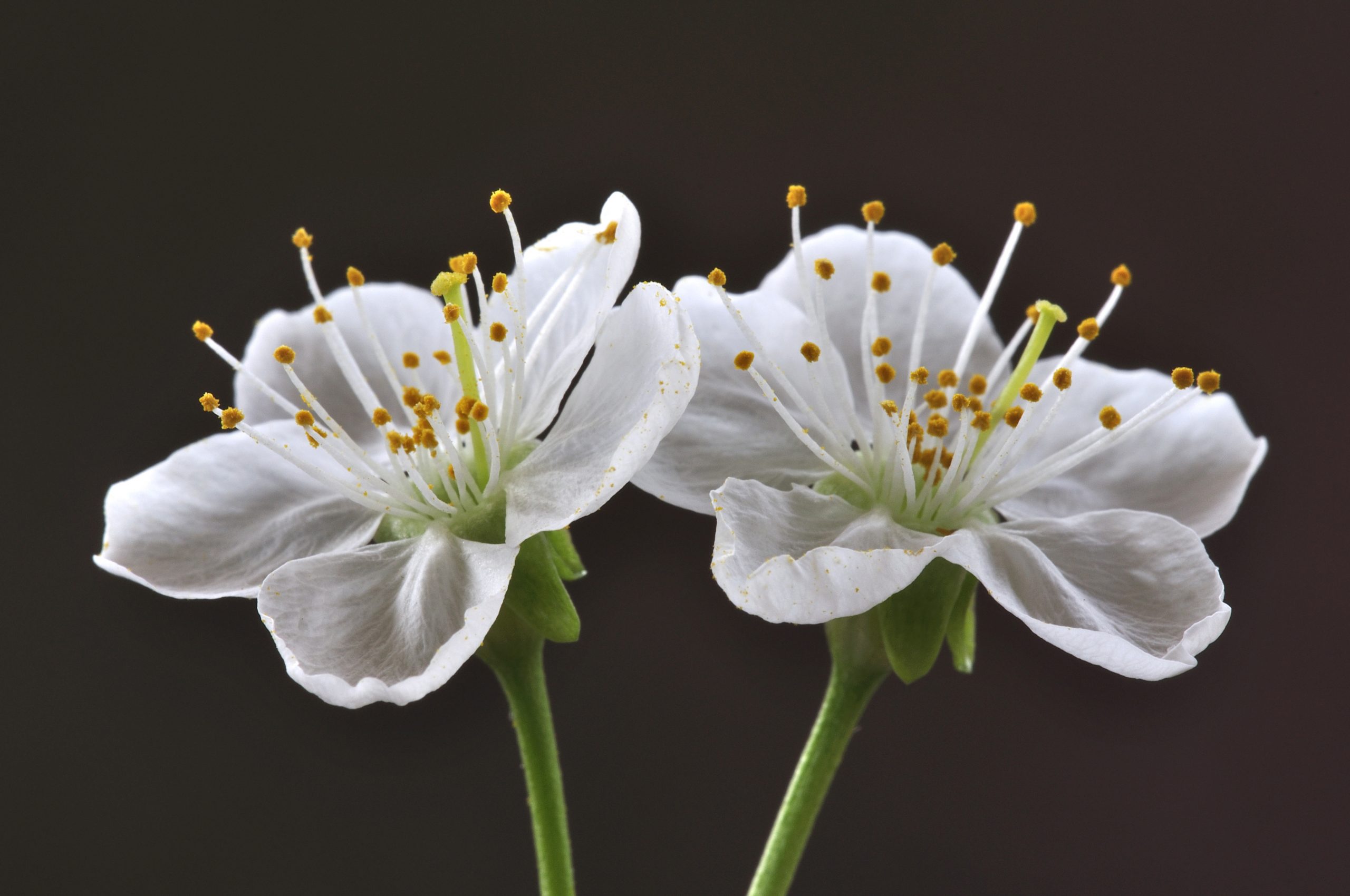
Blossom uplifts the hearts of even the weary, whether they be pensioners with sticks returning from the suburban post office or teenage hill-climbers scrambling up Pen y Fan. As Shakespeare, a plant and tree man to his core, phrased it in Sonnet 98: ‘From you have I been absent in the spring,/When proud pied April, dress’d in all his trim,/Hath put a spirit of youth in every thing…’
The sight of bursting white blossom, the return of the pollinating insects that suck its sweetness, is the reminder that we have escaped deathly winter and life with all its possibilities is born again.
One of Nature’s pictorial glories—there is no such thing as ugly blossom, whereas flowers can affront, and I name you lizard orchid—the blossom season is as attractive to artists as it is to moths and butterflies.
The exact beauty of it, the fragility of it. Van Gogh painted canvas after canvas of almond blossom. Monet adored plum blossom. (A plum tree in blossom, it may be said, is a work of Impressionism itself.) Even Damien Hirst, Brit Art enfant terrible, succumbed to the charm of blossom, with sequences of cherry.
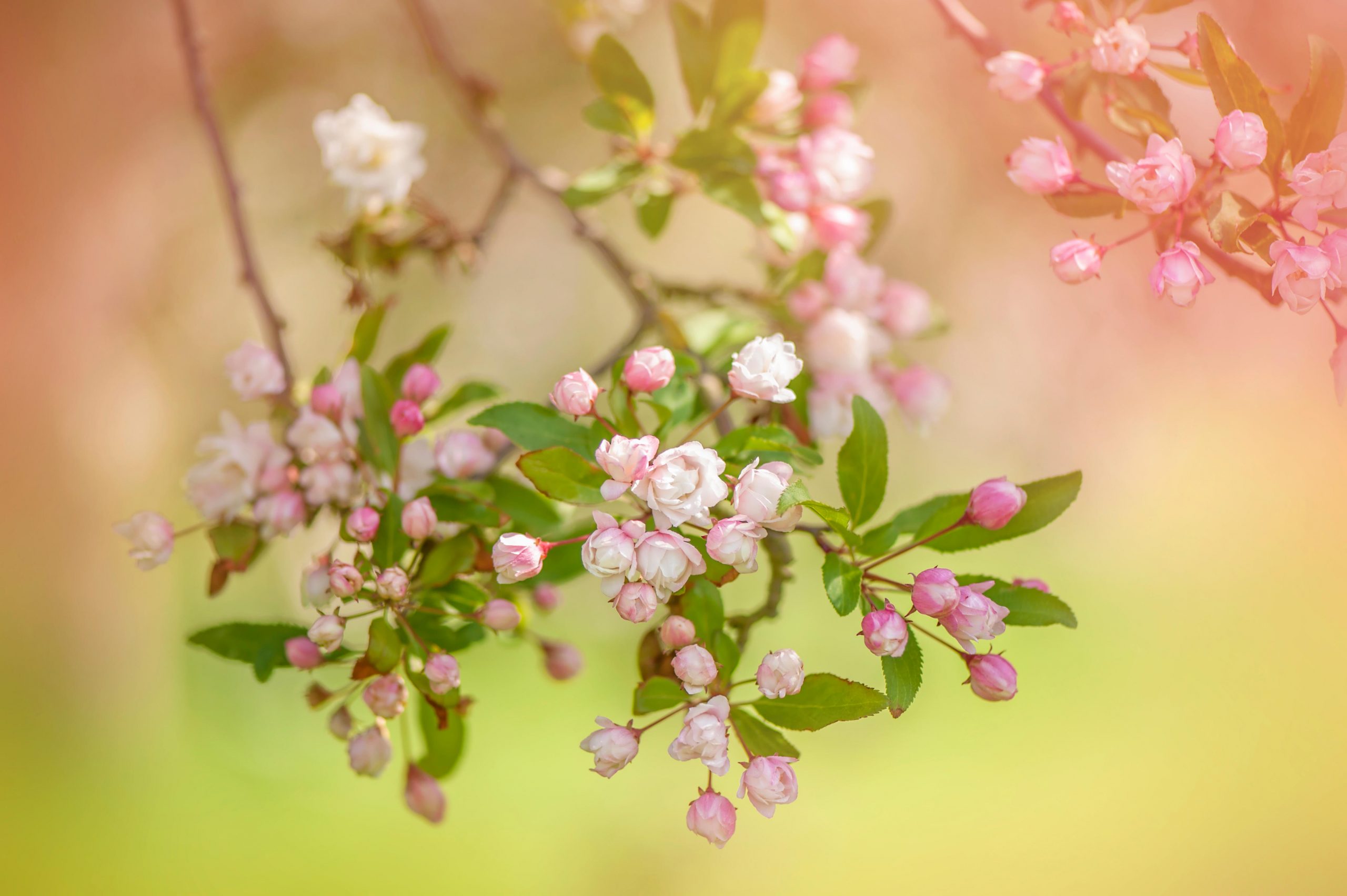
Oh, but the transience of blossom. Like spring, it is gone in a blink. Like human life, too. Housman, the patron poet of blossom, dwelled on this linked fleetingness in Loveliest of Trees:
And since to look at things in bloom Fifty springs are little room About the woodlands I will go To see the cherry hung with snow.
Cherry blossom does indeed resemble snow.
The blossoming of wild cherry, hawthorn, blackthorn and rowan is a magical spell and is only enhanced by blossom’s transfiguration into fruit or nuts. This metamorphosis captivated the ancients, who accordingly wreathed the blossom trees in folklore galore.
Flowering rowans were planted beside cottage doors on May Day to prevent ingress by witches and crosses made from Sorbus aucuparia’s twigs were stitched to jacket pockets to ward off evil when out and about.
Across Britain, blackthorn’s sparkling flowers were deemed unlucky inside the house, doubtless because they appear when north winds bring bitter weather—what generations of country people call a ‘blackthorn winter’. The wild cherry or gean, with its precise five petals of bone china, has fared better in our mythology; as gean flowers naturally at Easter, its branches were taken into parish churches as decoration, as ‘dressing’.
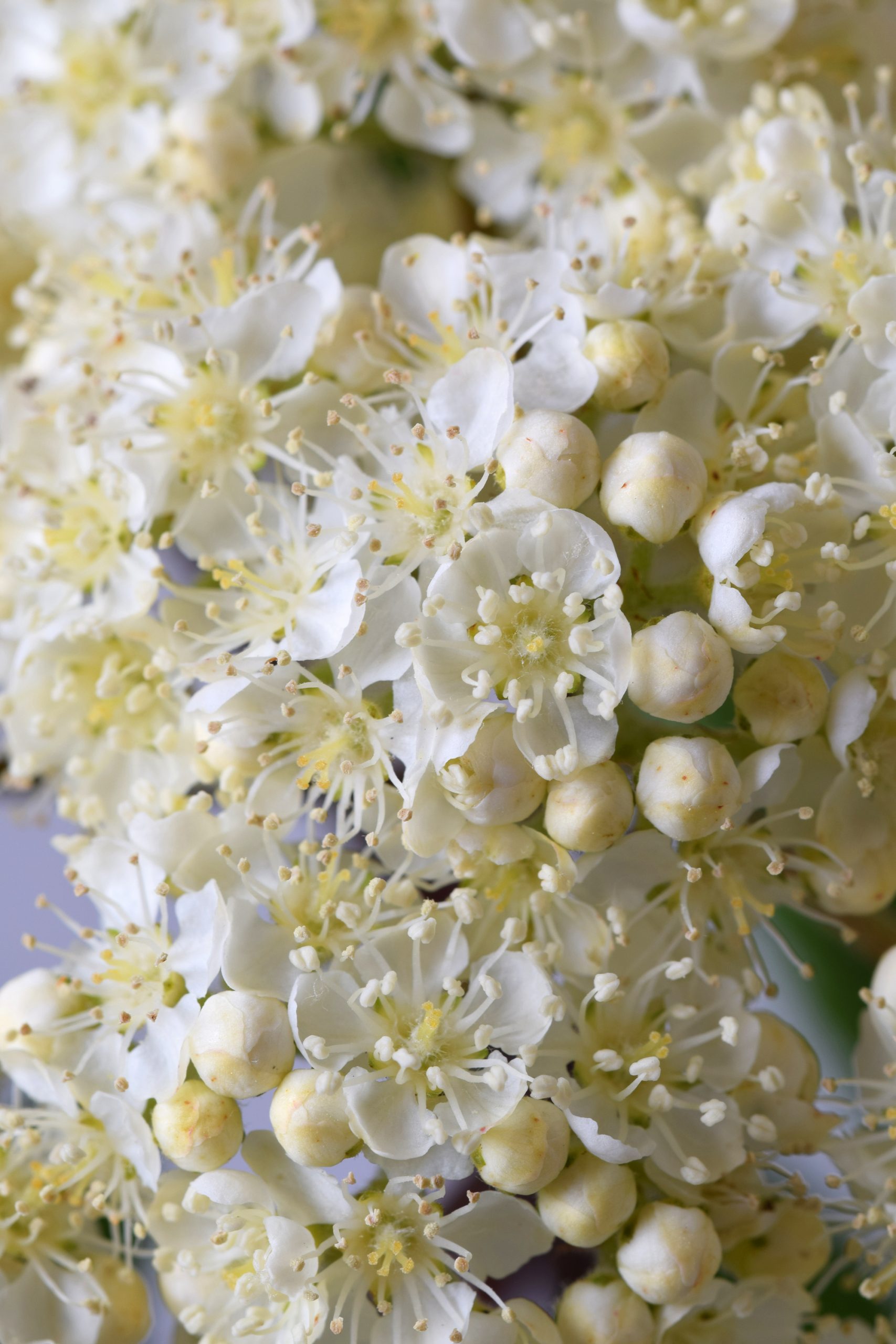
Of all the blossom trees of old Britain, hawthorn had the lion’s share of lore. Like gean, hawthorn, too, was used as church and interior decoration, the requisite boughs gathered early on May Day morning.
This rite, known as ‘a-maying’, had a romantic connotation, as did dancing around the May pole, which, in the misty Middle Ages, was likely a hawthorn tree in flower. Girls bathing their faces in dew from hawthorn’s rich, milky blossom on May Day believed the ritual would make them beautiful, a very rural English instance of ‘sympathetic magic’, the supernatural transference of the quality of one object to another:
The fair maid who the first of May Goes to the field at break of day And washed in dew from the hawthorn tree Will ever after handsome be.
Of all fair maids, none was more beautiful than the Welsh goddess Olwen, the ‘White Lady of the Day’, who walked the empty universe leaving a white track of hawthorn petals that became the Milky Way.
In Ireland, hawthorn trees were believed to be fairies’ trysting places by virtue of their white flowers, but, as with the blackthorn, bringing a bough inside tempted ill fortune.
French boys trying their luck, however, placed hawthorn branches outside the windows of young girls until well into the 20th century. This was not teenage fancy; the triethylamine contained in the tree’s scented flowers is a musky aphrodisiac and a component in the reproductive secretions of animals.
Smell is the most underutilised, underrated of the human senses when enjoying Nature. Animals, in contrast, are often led by their nose and blossom is scented for good reason—the attraction of the pollinators. Bees, after all, are almost as blind as bats.
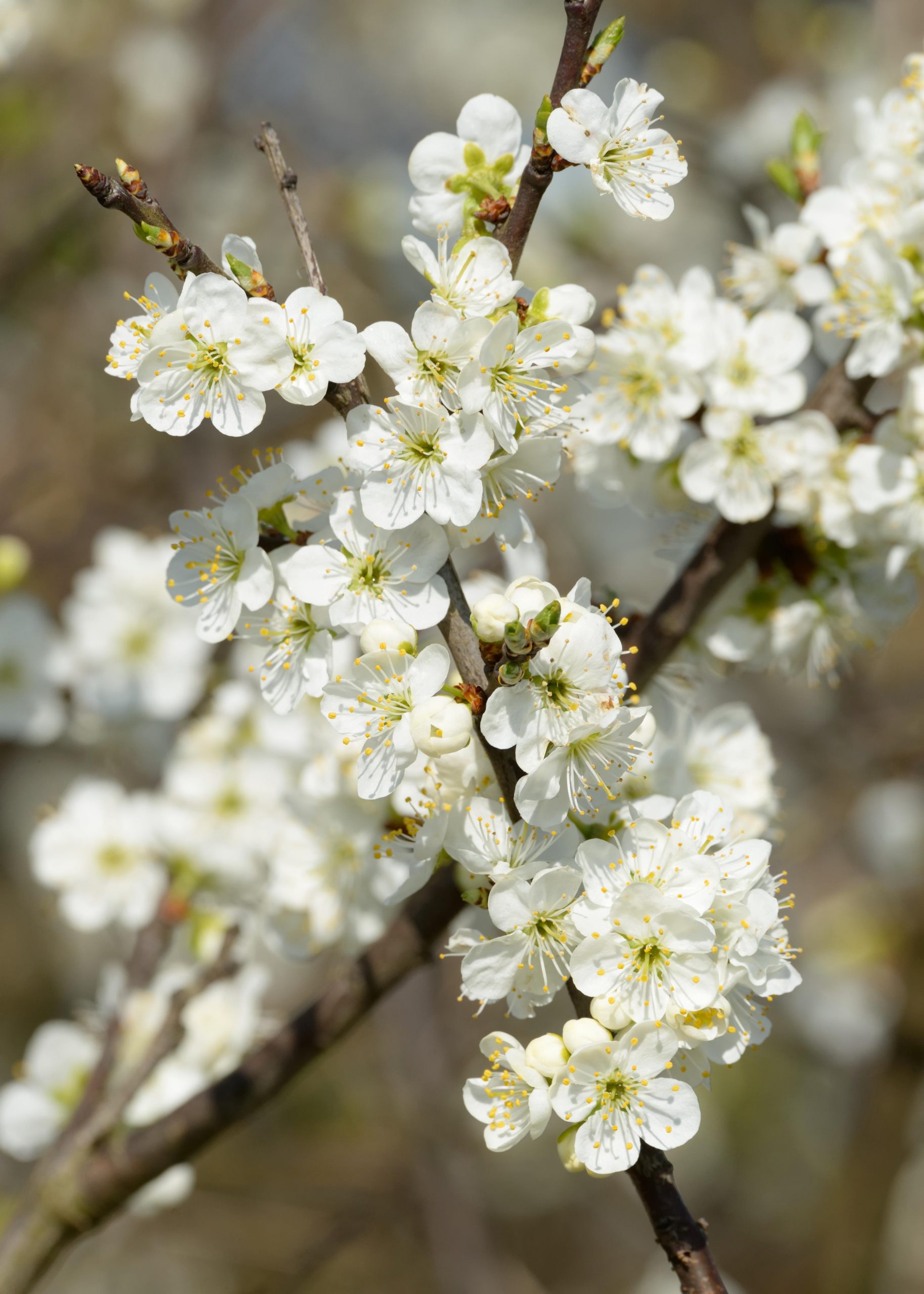
If hawthorn scent has animalic nuances (as does rowan), blackthorn has tones of almond, wild cherry is rose tinted and crab-apple blossom is simultaneously sweet and tart. The Crown Perfumery Company bottled the smell in 1886, in one of the most successful endeavours of British perfumery, selling half a million bottles annually during the Victorian period; it has recently been revived by luxury brand Clive Christian.
Why is wild blossom white, or predominantly white with a pink or creamy tinge? For the same reason that blossom is fragrant—the luring of short-sighted pollinators. In low light conditions, such as obtained in spring with its changeable weather and its still curtailed daylight, white blossom sticks out. A tree dressed in white blossom is a tree lit up in the landscape.
If tree blossom is a feast for our eyes and sometimes our nose, it is a literal feast for nectaring insects. And after the insects come the small mammals and birds that prey on them. Dormice nibble hawthorn flowers directly, as do bullfinches.
One can hardly blame either of them; tree blossom appears a delightful confection, good enough to eat or flavour drink. Some humans remember this utility of blossom, the foragers and the last makers of traditional cottage petal wine.
Tree blossom. It is blooming marvellous.
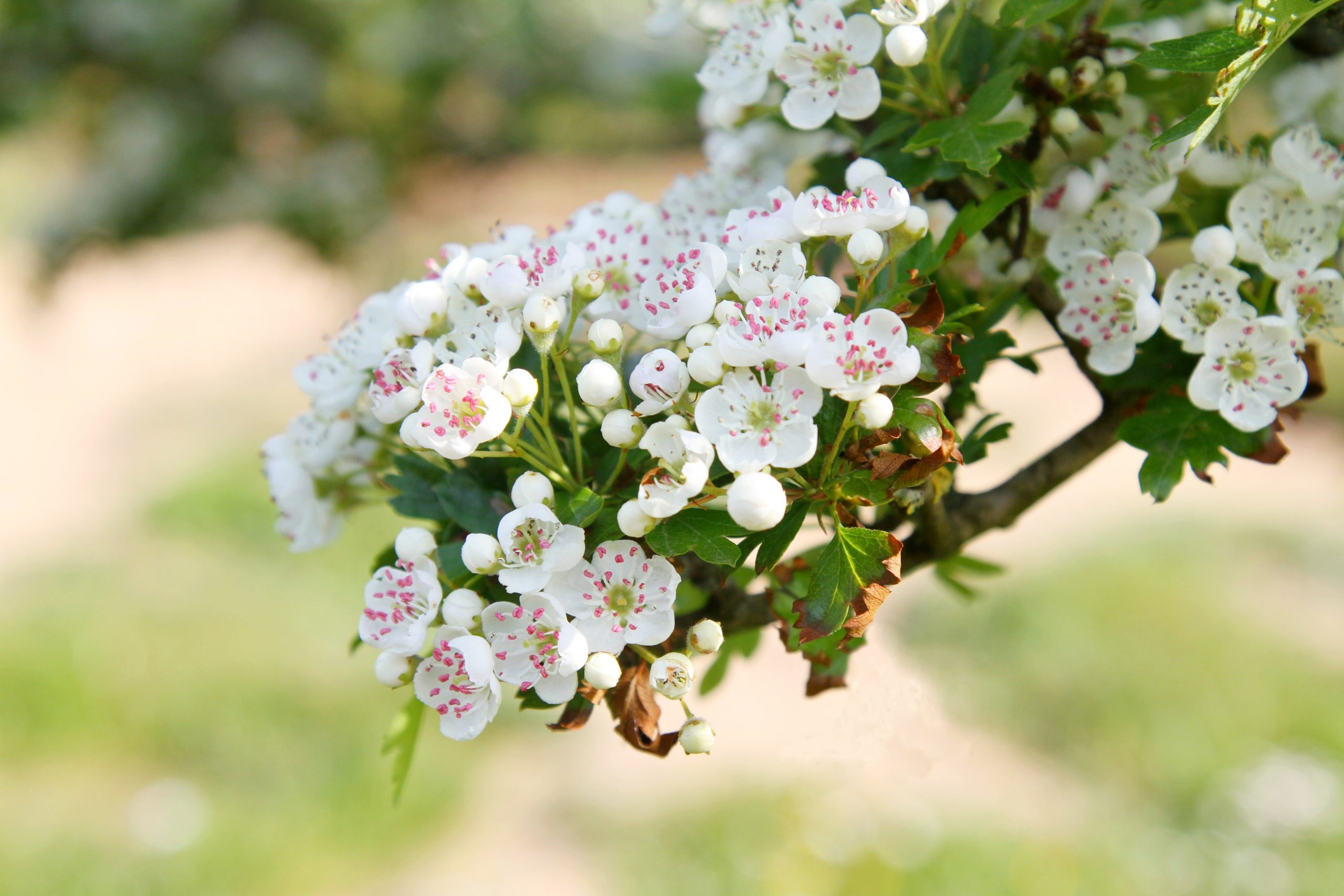
For the love of blossom
‘The cure for/This raucous world…/Late cherry blossoms,’ wrote the great Japanese poet Kobayashi Issa. Love of blossom is universal. In Japan, hanami (which translates literally as ‘flower viewing’) is a tradition of celebrating the fleeting beauty of cherry blossom dating back to about 710AD. Each year, in late March and early April, crowds in their thousands flock to see the short-lived spectacle of the trees in bloom, often organising family picnics under the trees. To ensure hanami is not missed, news stations issue a ‘blossom forecast’.
The cultivated cherry tree or sakura holds significance in both of Japan’s great religions; in Shinto, sakura are thought to house sacred spirits and the ephemeral nature of cherry blossom mirrors the importance of transience in Buddhist doctrine.
The hanami celebration has caught on in countries far from Japan. In 2020, Britain’s National Trust launched #BlossomWatch in a bid to create a new tradition emulating hanami, asking people to share images of blossoms they had seen during their lockdown walks or from their windows. Over some two weeks, more than four million people viewed the images.
Hawthorn-petal wine
Ingredients
1 gallon water
3½lb sugar
1 cup strong black tea leaves
1tspn yeast nutrient
Zest of 2 lemons (no pith)
4 pints hawthorn flowers
Wine yeast
Method
Boil the water, sugar, tea, yeast nutrient and lemon zest together for 30 minutes, then allow to cool. Pack the flowers into a nylon straining bag, place in a sterilised bucket, and pour on the cooled liquid. Add the wine yeast and cover tightly. Allow a week for the primary ferment, rack it into a demijohn and ferment with air-lock as normal.
Blossom-petal ice cream
Ingredients
Petals of 3 large branches of crab apple, cherry or pear
2tbspn orange-flower water
¼ pint double cream
1½oz caster sugar
2 egg whites
Method
Pluck, rinse and dry the petals, then infuse them in the warmed orange-flower water and leave to soak for two to three hours. Whip the cream with the sugar until it is thick, then add the petals and the orange-flower water. Fold in the stiffly beaten egg whites. Chill for an hour. Churn in an ice-cream maker or, if you do not have one, remove from the freezer once an hour and churn by hand.
-
 The King's favourite tea, conclave and spring flowers: Country Life Quiz of the Day, April 22, 2025
The King's favourite tea, conclave and spring flowers: Country Life Quiz of the Day, April 22, 2025Tuesday's Quiz of the Day blows smoke, tells the time and more.
By Toby Keel
-
 London is the place for me* (*the discerning property buyer)
London is the place for me* (*the discerning property buyer)With more buyers looking at London than anywhere else, is the 'race for space' finally over?
By Annabel Dixon